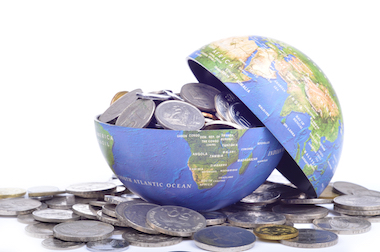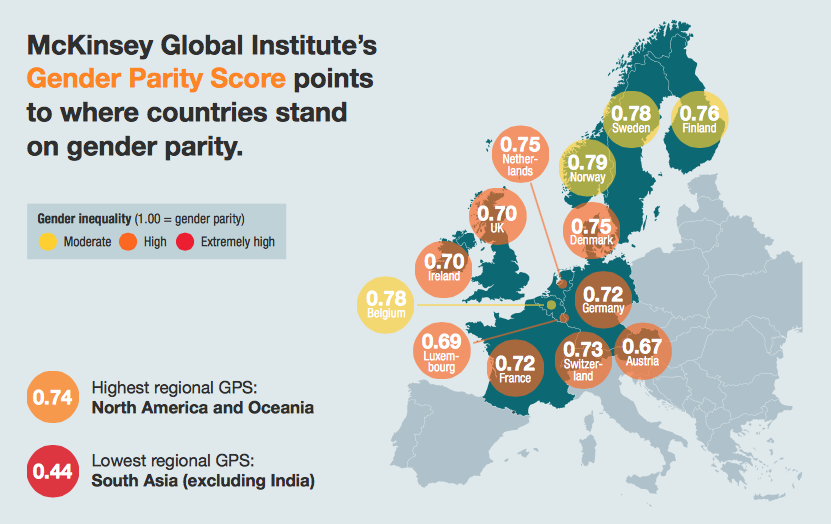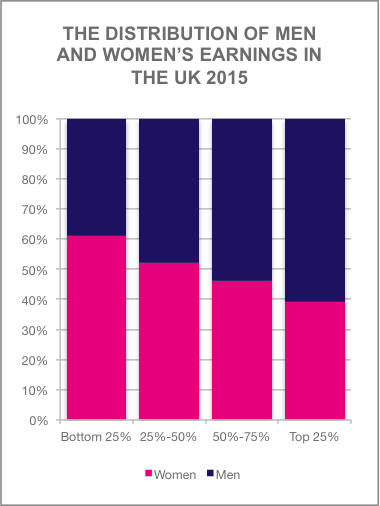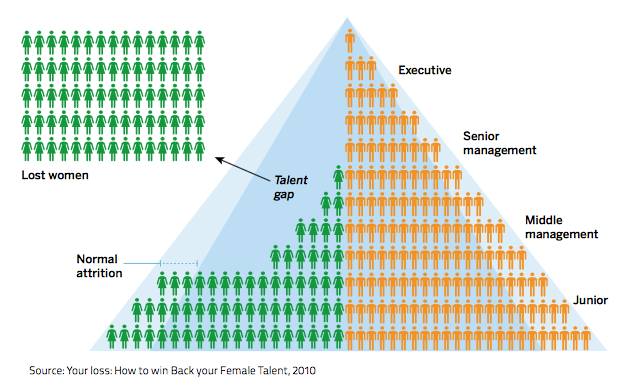Gender parity could boost global GDP by $28 trillion

Research from McKinsey highlights the business case for gender parity, with women contributing just 37% of global GDP despite making up half the working-age population
Matt ScottClosing the gender pay gap could boost global GDP by $28 trillion over the next 10 years, according to estimates from McKinsey, a 28% increase on current GDP levels.
In the UK, the effect of gender parity could improve the country’s GDP by as much as £0.6 trillion.
Vivian Hunt, McKinsey & Company managing partner for UK & Ireland, said: “Women make up 50% of the global working-age population but contribute about 37% of the world’s GDP – we estimate that fully bridging the gender gap could produce up to $28 trillion or 26% in additional global economic output annually in 2025.
“Men and women each need to play their part. Governments, NGOs and companies have a role to play. Companies should see efforts to attain gender parity as an opportunity, and not just a cost, and expand their efforts within their own organisations and beyond to their suppliers, distributors, customers and the communities where they do business.”
Research from McKinsey found that the UK had a gender parity score of 0.70, representing high to moderate levels of gender inequality (a score of 1.00 represents gender parity). See below.

This compares to a score of 0.74 for North America and Oceania, the region with the highest gender parity score, while South Asia (excluding India) performed the worst with a score of 0.44.
Writing in a Government Equalities Office (GEO) report, Trailblazing Transparency: Mending the Gap, CMI chief executive Ann Francke said there was a strong business case for gender equality in the workplace, in addition to the ethical call for gender parity.
“The latest research by MSCI, an independent provider of insights and tools for investors, shows that companies in their World Index with strong female leadership generated a return on equity of 10.1% per year versus 7.4% for those without,” she said. “What business leader in their right mind would turn away returns like this?
“One of the most powerful reasons that improving the number of women in management benefits companies is that having more diverse points of view around the table helps a business avoid the pitfalls of groupthink.
“CMI’s own research with MoralDNA shows that women score 5% more highly than men on the ethic of care at work. There are strengths in a variety of ways of thinking but if we want leaders who reflect on the impacts of their decisions on people, be they employees, customers or society more widely, this could make a huge difference.”
Women still undervalued

Government figures show that women earn an average of 9.4% less than male counterparts – the lowest level on record – but are still being dominated by men in the upper echelons of business.
The report cited data from the Office for National Statistics that shows women make up 61% of employees in the lowest paid jobs, compared to just 39% in the best paid (see right).
The report also revealed that only just over a quarter (26.1%) of board positions are filled with women, with more than 68% of non-executive and more than 90% of executive director rolls occupied by men.
Research from CMI and XpertHR has found that the problem of the gender pay gap is even more severe for female managers.
The National Management Salary Survey found that the pay gap for women working in management stands at 22% – equal to women working for 57 days unpaid each year.
That’s an average gender pay gap of £8,524, with women earning on average £30,612 and men earning £39,136. The gap rises to £14,943 for director-level women, who earn on average £123,756, compared to their male counterparts’ average earnings of £138,699.
CMI head of research Patrick Woodman said the problem facing managers looking to close the pay gap was two-fold.
“When it comes to women in management, employers and policy-makers face twin challenges,” he said. “Tackling the under-representation of women in senior roles and closing the gaps in what are they are paid.
“Transparency, openness and an honest discussion about these challenges are vital if employers are to achieve real and lasting change in the months and years ahead.”
Smashing the glass pyramid
One of the key issues facing women in the workplace is the lack of women in the upper echelons of the business world, an issue frequently referred to as the ‘glass pyramid’.

Speaking at the invite-only launch event for the GEO report alongside minister for women and equalities Nicky Morgan MP, Francke said businesses and government need to do more to increase the speed at which changes are being made.
“The pace of change is too slow and has stalled for about a decade at executive levels,” she said. “Sadly, the shape of women in management and leadership positions across private and public organisations looks like a glass pyramid.”
Francke continued by saying that around 60% of junior managers are female, 40% of middle managers, and 20% of directors. For c-suite positions the percentage of roles filled by women is in single digits – something that has not changed for the last 10 years.
“CMI’s research with XpertHR shows the pay gap at the bottom for managers is 6%, in the middle its 22% and for older, more senior women, it’s 35% – and shockingly, it’s gotten worse at the top, not better, in the last 10 years,” she added.
“Indeed, at the current rate of progress we estimate that closing the gender pay and leadership gap would take about 100 years.”

Press & Media Enquiries
For more information or to request interviews, contact CMI's Press Team on 020 7421 2705 or email press.office@managers.org.uk


